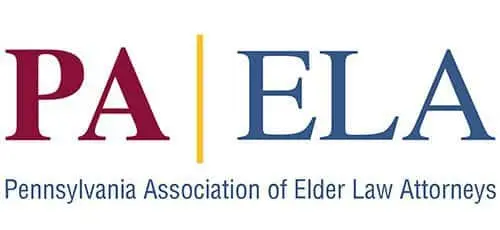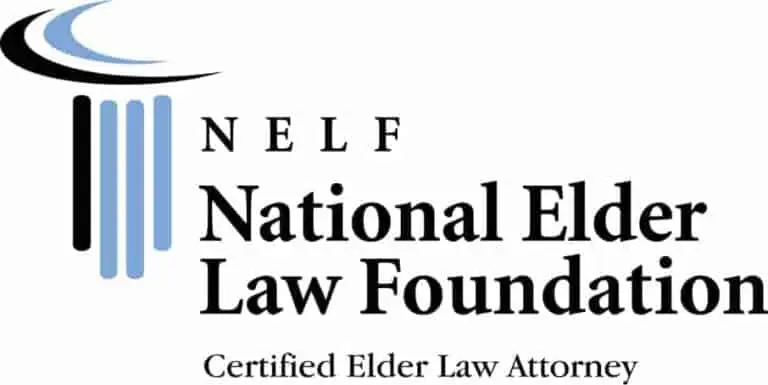While it is not easy to think about or prepare for, we all need to do some end of life decision making. When we talk about end of life decision making, I am reminded of the famous case of Terri Schiavo.
Terri was 26 years old in 1990, when she suffered a heart attack. She had brain damage due to the lack of oxygen to her brain. As a result, she was left in a persistent vegetative state. After many years of showing no improvement, despite the doctors doing physical therapy to help Terri, she never regained consciousness. When it was confirmed by doctors and specialists, that Terri’s condition was irreversible, her husband Michael requested for the feeding tube to be removed. He also refused further life-sustaining measures on Terri’s behalf.
Conflicting Decisions
However, Terri’s parents, Bob and Mary Schindler, never accepted the diagnosis and opposed Michael’s decision. They believed Michael had financial reasons for wanting to remove life support, and there were actually 14 different types of appeals in this legal case. Everybody had an opinion including the legal community, as well as Congress. There were many arguments about whether she was actually in a vegetative state because Terri’s eyes were open. After Medical analysis confirmed her vegetative state, they removed the feeding tube for the first time in 2001.
A law was then passed requiring the care facility to reconnect the feeding tube. Many years later, the feeding tube was again removed in March of 2005, when Terri died. Essentially, from 1990 to 2005, Terri was in a vegetative state. The real challenge is that nobody really knows what Terri’s wishes were, as she was 26 years old and wasn’t thinking about making end of life decisions.
You Need an Estate Plan
This case illustrates the importance of doing planning. Not having an estate plan, means that the state of Pennsylvania determines how things will unfold if you become incapacitated or pass away. The rulebook states that if a person is found by the attending physician to be incompetent, this is the first determination to establish incapacity. This means that they don’t understand what is happening, or they are unable to communicate their health care wishes or desires. If this happens, we need to determine if they appointed somebody to make their healthcare decisions. This is typically done with a medical power of attorney or healthcare power of attorney.
If you don’t have a healthcare power of attorney, the doctor would assume the spouse is the primary decision maker, followed by the adult children, and then parents who would be contacted. This is followed by the siblings and grandchildren, with the last consideration being any adult who has knowledge of what the sick person’s wishes are. When there are two adult children who disagree, the doctor cannot withhold any medical treatment. The doctor will continue to treat the patient, and only when the issue is resolved, in court or guardianship proceedings, will a decision be made. This is why we recommend clients do not have a joint agent, and preferably appoint one child to be the decision maker.
What is The Power of Attorney Document?
The Power of Attorney document typically refers to a financial and legal document, also known as a Durable Power of Attorney. This is where you name somebody to make legal and financial decisions. You can also do a healthcare power of attorney as a separate document. We advise this because you may want one child to make financial decisions, while the other child makes the healthcare decisions. When asking somebody if they have a power of attorney document, I ask them to clarify whether it is a healthcare or financial power of attorney.
The Living Will
Another document, known as the Living Will is not the same as the Last Will and Testament, which deals with the disposition of your estate when you pass away. A Living Will is a set of instructions detailing how you want to be treated while you’re alive. Usually, this includes healthy people who are planning for what happens if they later have an illness. The Living Will governs two situations, one of which is an end stage medical condition, and the other is an irreversible coma. An end stage medical condition is a when you have a condition that will result in your death, despite medical treatment.
In your Living Will document, you need to say, “If a doctor certifies in writing that I am in an end stage medical condition or an irreversible coma, all of the following instructions apply”. This is where you stipulate that you don’t want to be tube fed, or to have a ventilator.
The Advanced Directive
A few years ago, there was legislation passed stipulating that the Healthcare Power of Attorney and the Living Will document are combined as one form. This form is the Advanced Directive, which deals with end of life decision making and healthcare decision making. The person that you name as your decision maker, is your Healthcare Agent. On the form, you can select whether your agent “Shall use these instructions” or your agent “May use these instructions as guidance, but can override your desires”. Using the ‘Shall use these instructions” wording, indicates that you expect your agent to follow your instructions without discretion, which I don’t recommend.
I had experience with a family member who was in ICU with Covid in 2020. There were tubes supplying oxygen through his nose, and we knew the next step would be a ventilator if he got worse. His Living Will stated that he did not want to have a mechanical ventilation. There needs to be a determination for it to be an end stage medical condition. Only then the Living Will will apply. As a family, we made it clear that since he was not in an end stage medical condition. This meant that the Living Will would not apply. We made sure the doctors knew that he could receive ventilation if necessary.
Giving Discretion
Since that experience, I recommend that you use the words, “My agent may use these instructions as guidance, but can override my desire”. This is because your agent will have more information to make healthcare decisions than you have when signing the document. You should give an indication of what you want, but ultimately you should give discretion to your decision maker. This is also the person who makes decisions regarding admissions to long term care facilities, and hospitalization.
What is the ‘POLST’ Form?
Another document which many people have used, is the ‘Do Not Resuscitate Order’. However, several years ago, the law changed and now we have a ‘Physician Order for Life Sustaining Treatment’. Also referred to as the ‘POLST’ form, you need it when you receive a diagnosis of ill health. This is usually after admission to a healthcare setting. This may be hospice care, or any type of care where a doctor is involved. The doctor needs to sign the order, so this is not a document we offer. This document does more than just declaring the end stage medical condition.
If you have cancer, you may be contemplating what will happen if you passed away from cancer. Similarly, if you get pneumonia you can indicate in this form where you want to receive treatment. When a person has no capacity, and no healthcare power of attorney, the healthcare decision maker is the representative. If there is a healthcare power of attorney, the agent communicates with the doctors regarding the POLST form.
Come to our Three Secrets for Estate Planning and Asset Protection Workshop
We will disucss Health care decision making, wills, trusts and powers of attorney in our estate planning workshops. You will learn about what you need to know to make a great estate plan. This also includes long term care. We also teach you the difference between Medicare and Medicaid. Through a series of classes, we give you all the information you need to make estate planning decisions. These workshops are classroom based and in a group setting. By doing this, we give you the opportunity to do estate planning affordably. Register now on sechlerlawfirm.com/workshops. We look forward to seeing you there!









